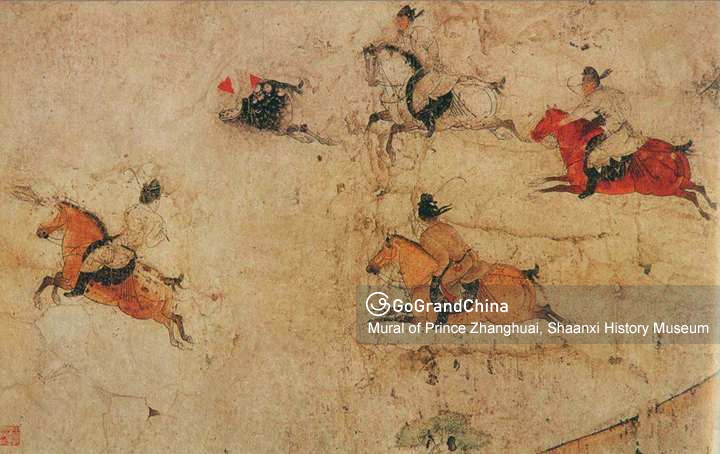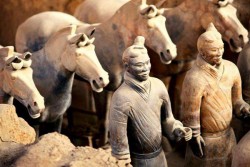

You can’t go to Xian and not see these 7 must see Xian attractions
Xian had been the capital city of China for 13 dynasties lasting 1100 years from the 11th century BC to 907 AD. There are many iconic buildings, landmarks and sights to be seen in Xian. If you’re planning a trip to Xian, no matter the length, there are some sights you just need to see. To help you plan your trip to Xian, we’ve created a list of the 7 must see Xian attractions for your reference. Use this as a checklist if you want to make the most out of your Xian trip.
Here are 7 stunning Xian tourist attractions you have to visit when you are in the city!
1. Terracotta Army
The Terracotta Army is a collection of terracotta sculptures depicting the armies of Qin Shi Huang, the first Emperor of China. It was buried with the emperor in 210–209 BCE with the purpose of protecting the emperor in his afterlife. The terracotta army was discovered in 1974 by local farmers. The figures vary in height according to their roles, with the tallest being the generals. The figures include warriors, chariots and horses. Estimates from 2007 were that the three pits containing the Terracotta Army held more than 8,000 soldiers, 130 chariots with 520 horses, and 150 cavalry horses, the majority of which remained buried in the pits near Qin Shi Huang's mausoleum. Other terracotta non-military figures were found in other pits, including officials, acrobats, strongmen, and musicians. The Mausoleum of the First Qin Emperor, including the Terracotta Warriors, was listed as a UNESCO World Heritage Site in December 1987. It is recognized as the eighth wonder of the world. Get more about Terracotta Warriors.
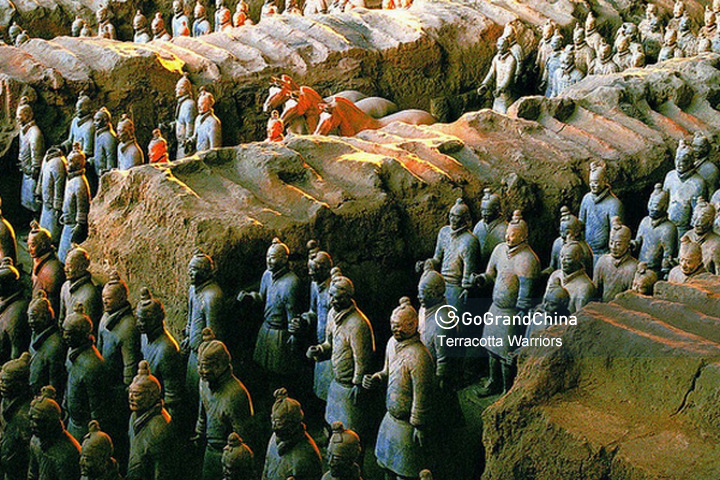
2. Big Wild Goose Pagoda
The Big Wild Goose Pagoda is a Buddhist pagoda built by Xuanzang in 652 during the Tang dynasty. Xuanzang was one of the most famous Chinese Buddhist monk who traveled to India between 629 and 645. The pagoda was built to hold sutras and figurines of Gautama Buddha that were brought to China from India by Xuanzang. The structure originally had five stories and was rebuilt in 704 during the reign of Empress Wu Zetian and its exterior brick facade was renovated during the Ming dynasty. The Big Wild Goose Pagoda was listed as a UNESCO World Heritage Site under "Silk Roads: the Routes Network of Chang'an-Tianshan Corridor" in 2014. Get more about Big Wild Goose Pagoda.
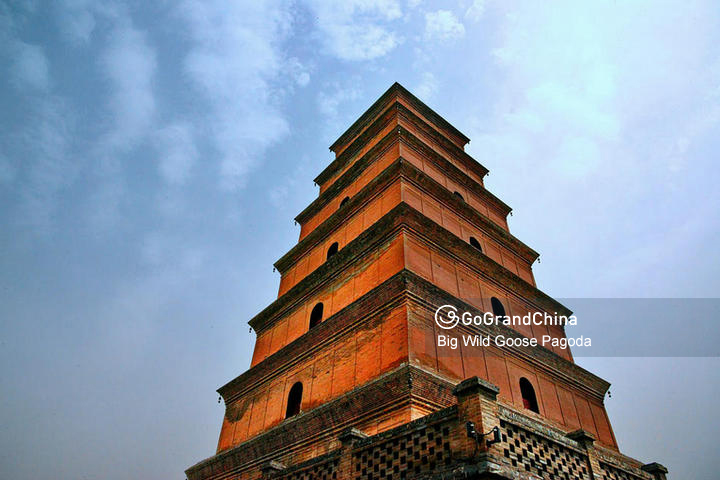
3. Great Mosque
The Great Mosque of Xian is the largest mosque in China. The mosque was constructed during the Hongwu reign (1368-1398) of the Ming dynasty (1368-1644), with further additions during the Qing dynasty (1644-1911). It now houses more than twenty buildings in its for courtyards, with the prayer hall which can accommodate 1,000 people located in the fourth courtyard. The mosque combines a traditional Chinese architectural form with Islamic functionality. For example, whereas traditional Chinese buildings align along a north–south axis, the mosque is directed west towards Mecca, while still conforming to the axes of the imperial city. Furthermore, calligraphy in both Chinese and Arabic writing appears throughout the complex. The mosque is still used as a place of worship by Chinese Muslims, primarily Hui people. Get more about the Great Mosque of Xian.
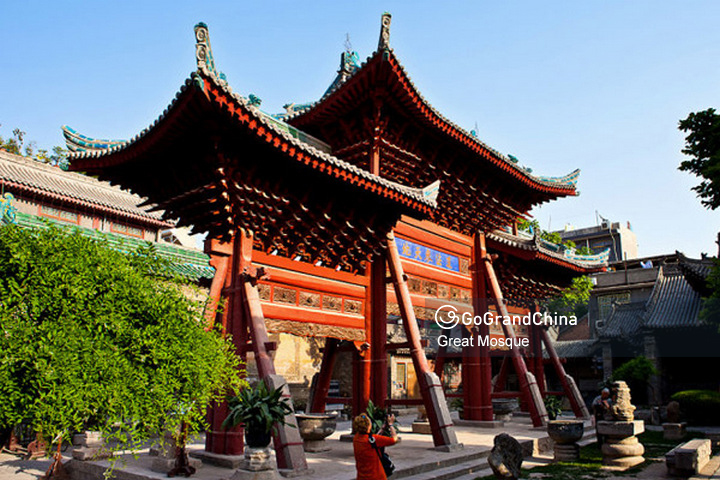
4. Xian City Wall
The City Wall of Xian is one of the oldest, largest and best preserved Chinese city walls. It was built between 1370 and 1387 as a military defense system. It exhibits the "complete features of the rampart architecture of feudal society". The City Wall of Xian is rectangular in shape and has a total length of 14 kilometres (8.7 miles), along the top of the wall is a walkway, which would typically take four hours to cover. As a defense fortification, it was constructed with a moat, drawbridges, watch towers, corner towers, parapet walls and gate towers. The wall encloses an area of about 14 square kilometres (5.4 sq miles). The Xi'an City Wall is on the tentative list of UNESCO's World Heritage Site under the title "City Walls of the Ming and Qing Dynasties". Get more about the City Wall of Xian.
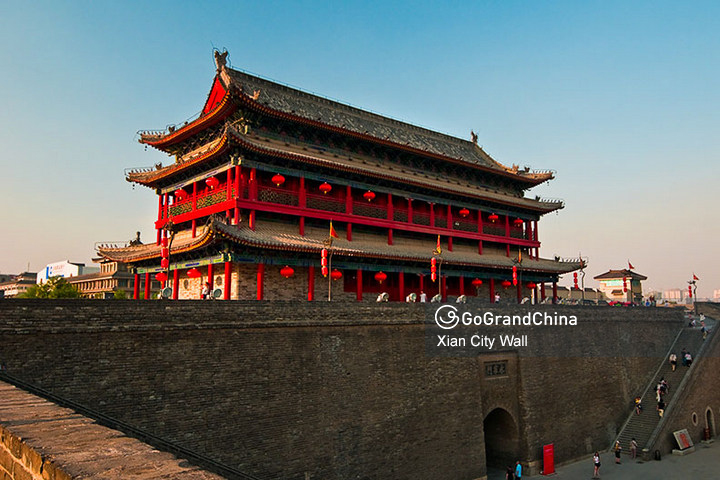
5. Small Wild Goose Pagoda
The Small Wild Goose Pagoda was built between 707–709, during the Tang dynasty. The pagoda stood 45 m (147 ft) until the 1556 Shaanxi earthquake. The earthquake shook the pagoda and damaged it so that it now stands at a height of 43 m (141 ft) with fifteen levels of tiers. The pagoda has a brick frame built around a hollow interior, and its square base and shape reflect the building style of other pagodas from the era. The Small Wild Goose Pagoda was listed as a UNESCO World Heritage Site under "Silk Roads: the Routes Network of Chang'an-Tianshan Corridor" in 2014. Get more about Small Wild Goose Pagoda.
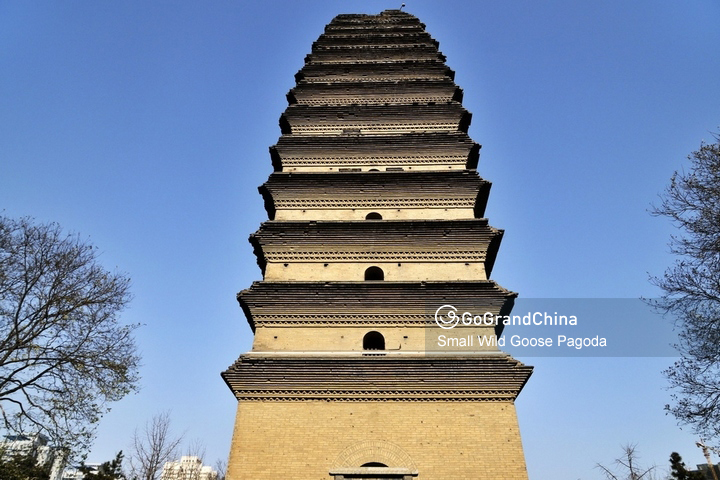
6. Mount Huashan
Mount Huashan has long been regarded as the most precipitous mountain in China, edged with sheer granite rock face, rugged cliffs and deep valleys. Its pathway is also one of the most treacherous, winding its way two thousand feet high to a narrow ledge on the rock face. The beauty and rich terrain of Huashan is enhanced by its profound historical and cultural significance. It is one of the five Taoist sacred mountains of China. Mount Huashan features a death-defying cliff-side mountain hiking trails that brings daring visitors to a tea house 2,160 m (7,087 ft) up on the mountain’s southern peak. This hiking is considered to be the World’s Most Dangerous Hiking Trail. Get more about Mount Huashan.
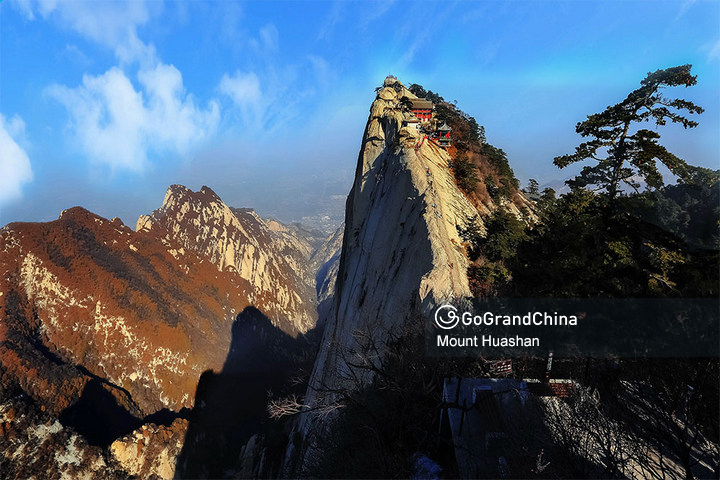
7. Shaanxi History Museum
Shaanxi History Museum is one of the first national museums with modern facilities in China. The museum houses over 370,000 items, including murals, paintings, pottery, coins, as well as bronze, gold, and silver objects. The modern museum was opened to the public in 1991 and its appearance recalls the architectural style of the Tang Dynasty, with a hall in center, storied buildings in corners. Shaanxi was the ancient imperial capital of China, having been the seat of more than 13 feudal dynasties, including the Zhou, Qin, Han, and Tang dynasties. Shaanxi History Museum is famous for its collection of Zhou Dynasty bronze wares, pottery figurines of Qin and Han Dynasties, Tang Dynasty gold and silver wares and mural paintings in Tang Dynasty tombs. Get more about Shaanxi History Museum.
